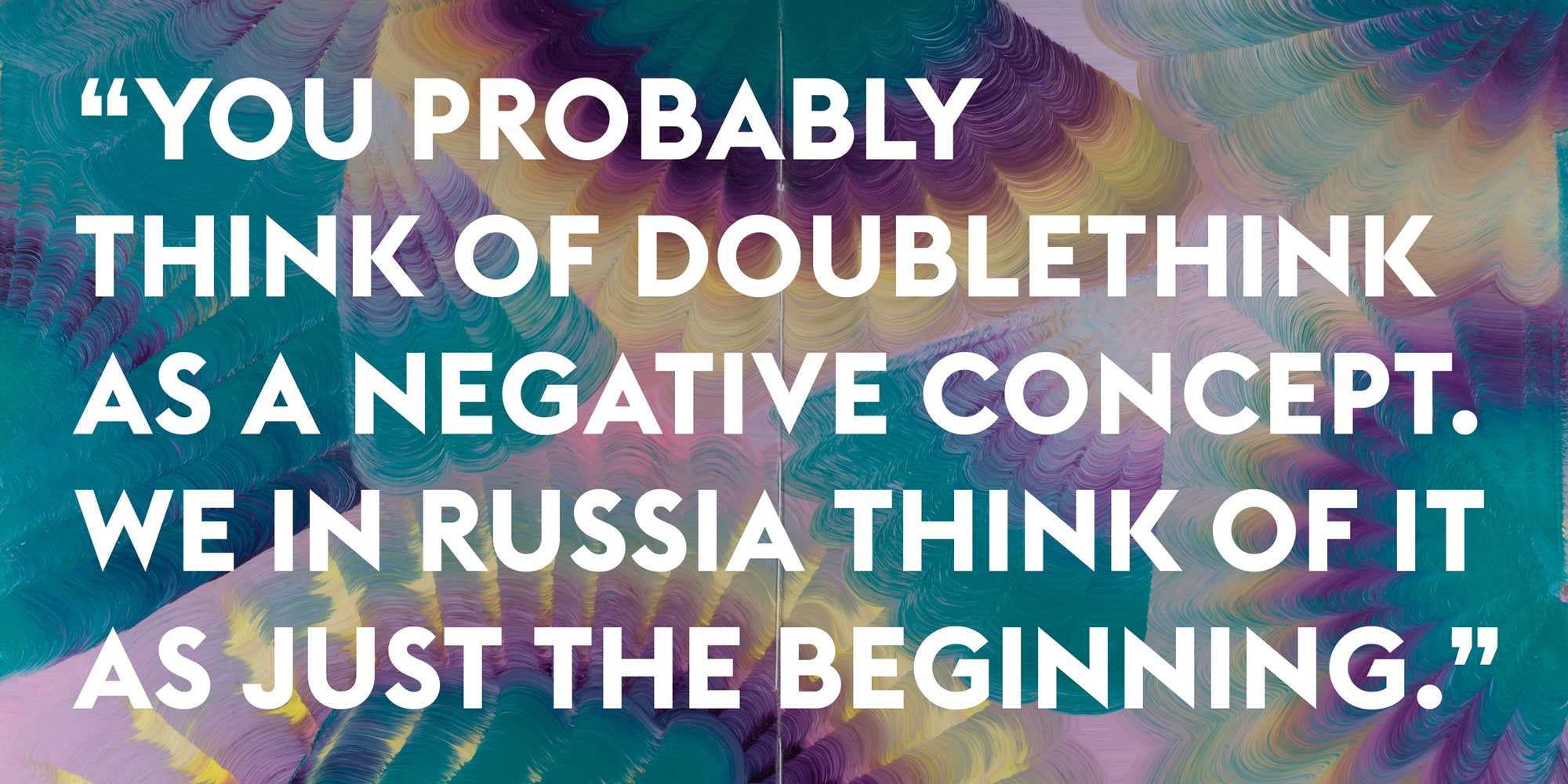Pera Film, in coordination with the Occupied City exhibition organized by the Istanbul Research Institute, revisits one of the most pivotal points in cinema history, the birth years of Italian Neorealism. Under the Shadow of Occupations traces the radical impacts of war on cities and communities through the War Trilogy filmed by pioneer figure Roberto Rossellini right after World War II.
The trilogy, composed of Rome Open City (1945), Paisan (1946), and Germany Year Zero (1948), has garnered attention with its simple yet authentic aesthetic, a cast mainly comprised of amateur actors, and original narrative techniques that broke traditional molds; not only capturing the essence of a specific historical period but also significantly influencing the narrative and formal features of modern cinema.
Winning the Grand Prize at the 1946 Cannes Film Festival, Rome Open City, one of the early examples of neorealist cinema, portrays life and resistance in Nazi-occupied Rome, while Paisan follows stories in six cities in Italy during the war. The final installment, Germany Year Zero, depicts the misery in post-war Berlin streets through the tragic story of a 12-year-old boy.
Film screenings within this program are accessible with a discounted museum entrance ticket. Tickets can be obtained from Biletix or the reception of Pera Museum. In accordance with legal regulations, all screenings are restricted to persons over 18 years of age unless stated otherwise.
October 15
15:00 Rome Open City
October 18
19:00 Paisan
October 22
15:00 Germany Year Zero
December 2
15:00 Rome Open City
December 8
19:00 Paisan
December 10
15:00 Germany Year Zero
October 15
15:00 Rome Open City
October 18
19:00 Paisan
October 22
15:00 Germany Year Zero
December 2
15:00 Rome Open City
December 8
19:00 Paisan
December 10
15:00 Germany Year Zero

Our institutions have been stuck on linear Neo-Platonic tracks for 24 centuries. These antiquated processes of deduction have lost their authority. Just like art it has fallen off its pedestal. Legal, educational and constitutional systems rigidly subscribe to these; they are 100% text based.
Tuesday - Saturday 10:00 - 19:00
Friday 10:00 - 22:00
Sunday 12:00 - 18:00
The museum is closed on Mondays.
On Wednesdays, the students can
visit the museum free of admission.
Full ticket: 300 TL
Discounted: 150 TL
Groups: 200 TL (minimum 10 people)